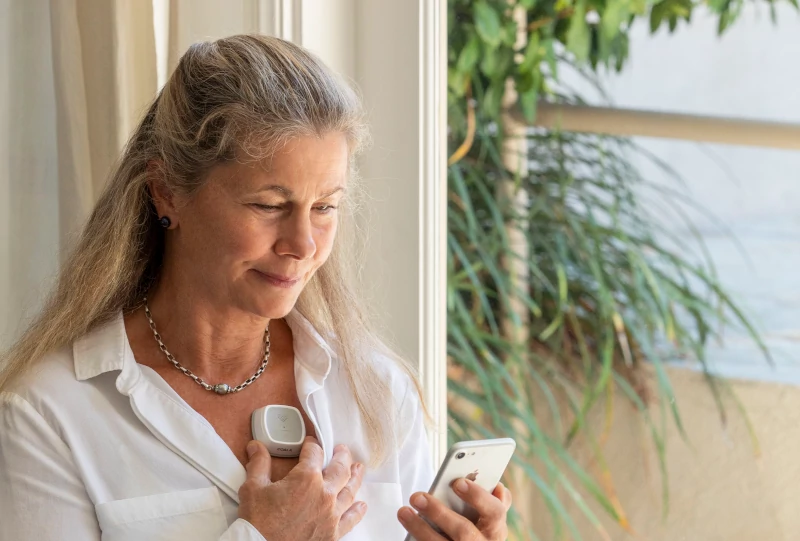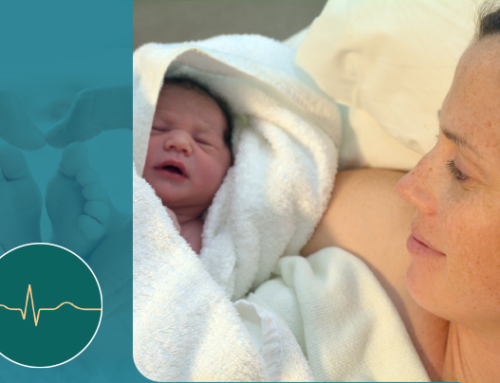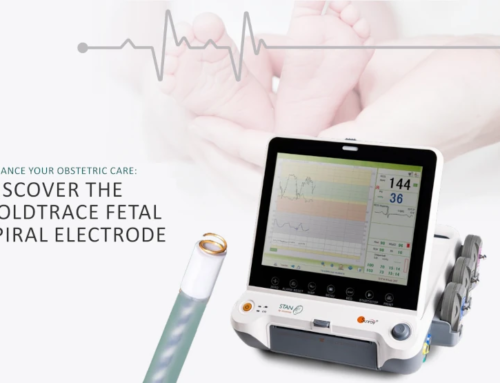Magnusson P, Lyren A, Mattsson G. BMJ Open 2020;10:e037573. doi: 10.1136/bmjopen-2020-037573 Link to full publication, open access: https://bmjopen.bmj.com/content/10/9/e037573
- 100 patient study on cryptogenic stroke patients using Coala for 28-day monitoring
- The monitoring detected previously undiagnosed AF in 9% of patients, at a mean of 19.7 days after stroke, proving needs of long-term monitoring
- Patient compliance to the Coala monitoring protocol exceeded 90%.
- Coala detected equal amounts of AF to that detected by implantable loop recorders over a 6 months period (CRYSTAL-AF)
- Research team recommends use of a hand-held device like Coala Heart Monitor as the main evaluation tool in the vast majority of cryptogenic stroke cases.
Abstract
In stroke survivors, atrial fibrillation (AF) is typically evaluated solely by short-term ECG monitoring in the stroke unit. Prolonged continuous ECG monitoring or insertable cardiac monitors require substantial resources. Chest and thumb ECG could provide an alternative means of AF detection, which in turn could allow prompt anticoagulation to prevent recurrent stroke. The objective of this study was to assess the yield of newly diagnosed AF during 28 days of chest and thumb ECG monitoring two times per day in cryptogenic stroke.
Methods
This study, Transient ECG Assessment in Stroke Evaluation, included patients who had a stroke from Region Gävleborg, Sweden, between 2017 and 2019. Patients with a recent ischaemic stroke without documented AF (or other reasons for anticoagulation) before or during ECG evaluation in the stroke unit were evaluated using the Coala Heart Monitor connected to a smartphone application for remote monitoring.
Results
The prespecified number of 100 patients (mean age 67.6±10.8 years; 60% men) was analysed. In nine patients (9%, number needed to screen 11) AF but no other significant atrial arrhythmias (>30 s) was diagnosed. The mean CHA 2 DS 2 – VASc score was similar among patients with AF and no AF (4.9±1.1 vs 4.3±1.3; p=0.224) and patients with AF were older (74.3±9.0 vs 66.9±10.8; p=0.049). Patients performed on average 90.1%±15.0% of scheduled transmissions.
Conclusion
In evaluation of cryptogenic stroke, 9% of patients had AF detected using chest and thumb ECG two times per day during 1 month. In many stroke survivors, this is a feasible approach and they will be potentially protected from recurrent stroke by anticoagulation treatment.





